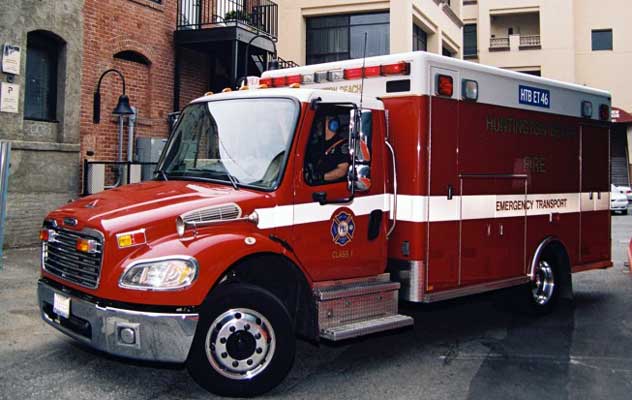Bindu Desai
Chicago, Illinois, United States

The call from the emergency room surprised me. In all my years as a neurologist I had never heard of an ‘acute syrinx.’ In a cubicle in the emergency room lay a man in his mid-thirties.
He said he had been drinking heavily the night before and, in his happily drunken state, had decided to do cartwheels. Following this he told his friends that he was hurting and could not move his arms. When the police came he said he could not stand up, and they thought he was faking. “Yes you can, you can move your legs” they declared as they proceeded to pinch his legs, which withdrew to pain. Convinced he was not really hurt and seeing his drunken state, they sent him by ambulance to the hospital anyway.
At 10:30 pm he was noted to be rowdy and uncooperative, with a moderately high blood alcohol level. The initial examination note recorded “moves all 4 limbs to pain, reflexes 2 plus, sensation normal”. The history of cartwheeling was noted, intravenous fluids started, thiamine given, and cervical spine x-rays done and were normal. Nursing notes later that night recorded a complaint of neck pain and funny feelings in the arms. He received pain medications.
Around 10 am the next morning, a different resident found that the patient could barely move his hands and had decreased power in his legs, reflexes absent in the arms and decreased in the legs with an equivocal plantar response. Sensation was intact, though the patient had an indwelling urinary catheter. The resident decided to call a neurology consult for an “acute syrinx.”
The patient, John Doe, told me “Doc, I’m getting weaker, I can’t move my legs or my arms.” I examined him, found his arms profoundly weak, hands more so than the shoulder muscles. He could just bend his legs at the knee, wiggle his toes a bit, and had bilateral extensor plantar responses. I was wondering how quickly the weakness had progressed when a nurse peeked through the curtain. She said Mr. Doe could move his legs when she first saw him at 7 am. “I helped him change his pajamas and he moved his legs as I asked him to.” I proceeded to ask Mr. Doe to move his legs. He could move them slightly. “So this is new?” I asked the nurse. “Yes, yes” she said emphatically.
Hmm, I thought, deterioration, cartwheeling, arm weaker than legs, hands more than shoulders, sounds like a hyperextension injury of the cervical cord. I called the neurosurgeon on call, who advised that I transfer Mr. Doe to what he thought was the best spinal cord injury unit in town. I agreed, began high dose steroid therapy – even though it might have been too late to be effective – and busied myself with the needed paperwork needed for a transfer.
About 15 minutes later the resident was still in Mr. Doe’s room. I was puzzled and went in and inquired what the matter was. “He doesn’t want to go.” ”Why?” I asked astonished, “Why Mr. Doe? You MUST go! Aren’t you getting weaker?” “Yes,” Mr. Doe said, “I am.” “Then why won’t you go? It offers you the BEST chance of you getting better.” He sighed; “I want to go doc, but how will I change three buses to get there from here?”
I was taken aback. “Oh, we will send you there by ambulance” the resident and I both said almost in unison. In a few minutes the ambulance crew arrived and Mr. Doe was taken off to the spinal trauma unit. I did not see Mr. Doe again, but I hope they did mend his spinal cord.
Since that day I have often thought of Mr. Doe. Would an earlier diagnosis have led to a better outcome? Perhaps he should have been seen by a neurosurgeon on the night of admission. And why on earth would he ever have thought of catching three buses when he could not even move his legs? Growing up in a poor neighborhood, he may well have dropped out of school. He drank heavily, at least on occasion. If he had ever had a job he would have gone there by bus. Being transported by ambulance might have seen to him as unlikely as going to the movies in a limousine with a driver. Sadly, the circumstances of his life must have constricted his imagination.

Leave a Reply